Drones were once an effective weapon for Ukraine, but a lack of coordination in Kiev's weapon deployment and Russia's increasingly advanced jamming systems are putting Ukraine at a disadvantage.
The Ukrainian soldier operating the drone cursed and removed his goggles. The drone’s video faded before the screen went completely black. Russian forces jammed the control signal and disabled the Ukrainian drone outside the city of Kremennaya, Donetsk region.
“Some days everything went smoothly, but other days the equipment broke down. The drones were fragile and the enemy constantly jammed them,” said a Ukrainian soldier nicknamed DJ.
Ukrainian forces have for months been exploiting the advantage with explosive-laden drones that act as homemade missiles. The weapons are seen as an effective substitute for the artillery shells that Ukraine is running out of.
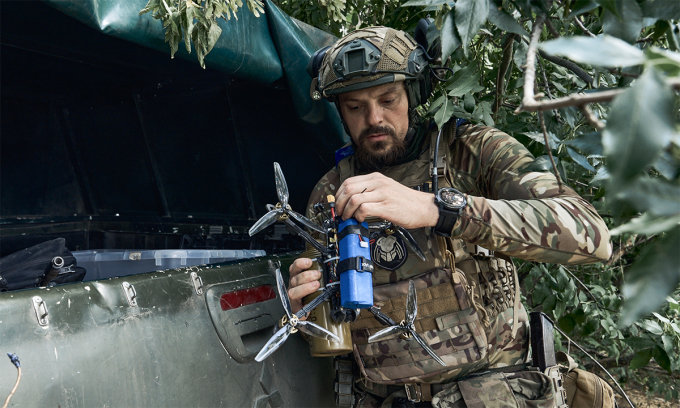
Ukrainian soldiers prepare explosive-laden drones on the front line in Zaporizhzhia province in July 2023. Photo: AP
Russia has a large number of jammers that can disable Ukrainian signals by broadcasting on the same frequency at higher power. Ukrainian soldiers, commanders and experts say Russia’s jamming capabilities are straining the country’s limited supply of drones, potentially forcing it to give up a key weapon. Meanwhile, Russia is producing more drones domestically than Ukraine.
“It’s a constant race,” said Babay, a Ukrainian sergeant in a drone platoon. “We are improving our technology to cope with the new realities on the battlefield. After a while, the Russians will come up with something that will better defend against our attacks.”
Russian Lancet drones attack Ukrainian combat vehicles in video released on February 28. Video: Rybar
Small and cheap drones have become part of the conflict between Ukrainian government forces and pro-Russian separatists in the Donbass region since 2014. After the outbreak of the Russia-Ukraine war, the warring parties widely used drones on the battlefield.
Ukraine gained an edge in the drone race last year by deploying large numbers of small, first-person-view (FPV) drones, which often carry explosives and can take out targets worth much more than they are.
“FPVs are very important for us. These toy-like vehicles are basically flying artillery shells, which help to compensate for the lack of conventional artillery shells,” said Dyadya, a drone operator with Ukraine’s 63rd Motorized Infantry Brigade. “We can hit targets at a similar distance as mortars, but much more accurately.”
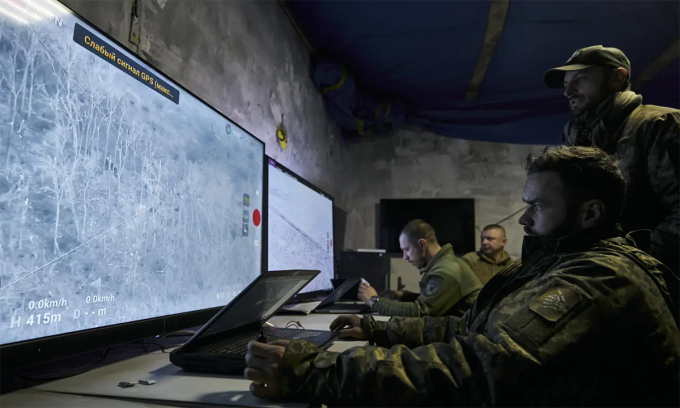
Ukrainian soldiers watch drone footage at an underground base in Donetsk province in December 2022. Photo: AP
The power of artillery comes from the high explosives and shrapnel that cover large areas of the battlefield, killing enemy soldiers, destroying vehicles, and disrupting operations. One or two drones cannot have the same effect.
However, when Ukraine ran out of artillery shells last fall, it had to switch to FPVs as guided munitions. These weapons were effective in stopping Russian attacks, delivering quick strikes against Russian trenches and vehicles. This allowed Ukraine to conserve artillery shells to hold Russian forces on the battlefield.
But the Russian military has been improving its jamming capabilities and taking advantage of bad weather like fog or rain to advance, when drones have difficulty flying.
“Both sides are quickly learning the other side’s core drone vehicle and operational tactics,” said Samuel Bendett, a drone expert at the US-based Center for Naval Analyses (CAN). “Both sides are now perfecting this technology very quickly.”
A unit of Ukrainian soldiers nicknamed DJs set up a drone control station in the ruins of a farm near the front line in the suburb of Kremennaya in early March. They installed the equipment needed to receive video and relay commands from the operator to the cheap quadcopter made in China, including antennas, frequency relays, Starlink satellite internet equipment and laptops.
In the first two sorties, DJ’s screen showed a barren landscape as the drone, loaded with more than 1 kg of explosives, flew at nearly 100 km/h toward the Russian vehicle. However, the signal was quickly disrupted by jamming by Russian forces. The third reached a Russian trench and exploded above the canopy, despite being jammed from several dozen meters away.
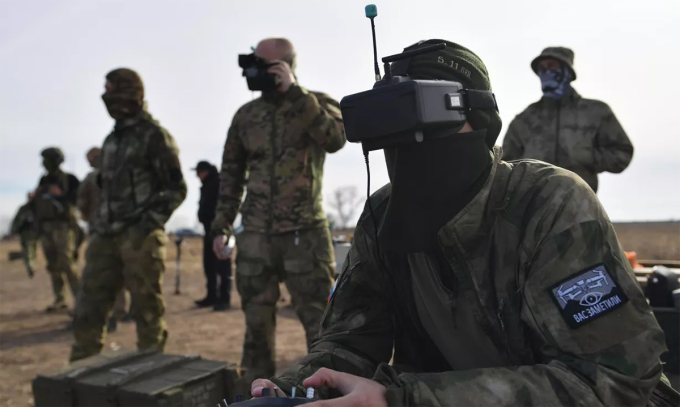
Russian military personnel train to operate drones in Zaporizhzhia province in November 2023. Photo: Russian Ministry of Defense
Russia, on the other hand, approaches this field with much closer military oversight. This makes the operations of Russian drone units more predictable, with less change in tactics and less variety in types.
The lack of a command structure capable of coordinating drone units often left Ukrainian soldiers on the front lines confused. Ukrainian drone operators sometimes lost contact with their vehicles and had to look through cameras on other drones.
FPV drones based on civilian models often share the same frequency. Ukrainian drone units often need soldiers with programming skills to change the vehicle's control frequency.
According to Dev, a Ukrainian drone technician, frequency overlap is the second biggest problem after Russian jamming. “There are a lot of FPV teams operating on the front lines. There is no control spectrum anymore,” Dev said.
Russia’s ability to produce drones and unmanned aerial vehicles (UAVs) on an industrial scale is another challenge for Ukraine. Despite the Ukrainian government’s pledge to produce thousands of drones, the country’s companies are scrambling to secure supplies.
Chef, the commander of Ukraine’s drone company, said his unit flies 20 to 30 drones a day, depending on supplies. Most of these are purchased with donations; the Ukrainian government has provided Chef’s unit with almost no drones.
“We are throwing as many drones as we can at the front,” Chef said. “But we can’t win this conflict with drones alone.”
Nguyen Tien (According to BI, AFP, Reuters )
Source link




![[Photo] Bustling atmosphere at Ba Dinh Square on National Day](https://vphoto.vietnam.vn/thumb/1200x675/vietnam/resource/IMAGE/2025/9/2/c441c931800d4ff8a4a5b2ed4d4c496b)
![[Photo] Police blocks parade on Le Duan Street](https://vphoto.vietnam.vn/thumb/1200x675/vietnam/resource/IMAGE/2025/9/2/8f607af025d5437d828366c5e911bbda)

![[Photo] Parade groups bid farewell to the people after completing mission A80](https://vphoto.vietnam.vn/thumb/1200x675/vietnam/resource/IMAGE/2025/9/2/36d202d43ecc4ca8aede59a0e99f32ed)
![[Photo] The heroic and lovely moment when the armored vehicle passed by Hanoi Flag Tower](https://vphoto.vietnam.vn/thumb/1200x675/vietnam/resource/IMAGE/2025/9/2/5b07b9f62ee94db287a0ae3a27b6db51)
![[Photo] The army marched proudly on the street with loud cheers.](https://vphoto.vietnam.vn/thumb/1200x675/vietnam/resource/IMAGE/2025/9/2/c0dc9a5121094991bd7c5a02166b3a4f)


![[Video] Youth is the successor of Vietnam - China friendship](https://vphoto.vietnam.vn/thumb/402x226/vietnam/resource/IMAGE/2025/9/2/e1dc91960c8142109587add53eb8eb08)
![[Video] Babette and memories of her adoptive father - Uncle Ho](https://vphoto.vietnam.vn/thumb/402x226/vietnam/resource/IMAGE/2025/9/2/88a0dc5d550343f5a0a11d0394f6c632)



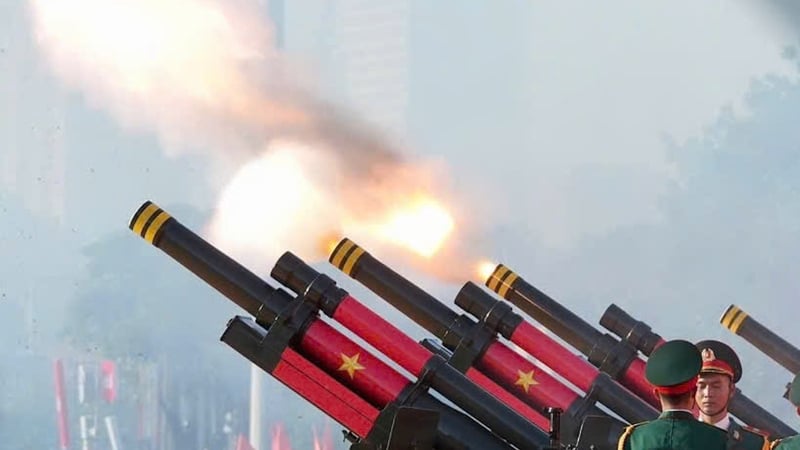
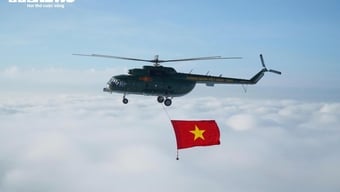










































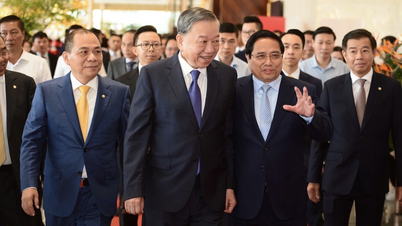







![[Live] Parade and march to celebrate the 80th anniversary of the August Revolution and National Day September 2](https://vphoto.vietnam.vn/thumb/402x226/vietnam/resource/IMAGE/2025/9/2/ab9a5faafecf4bd4893de1594680b043)
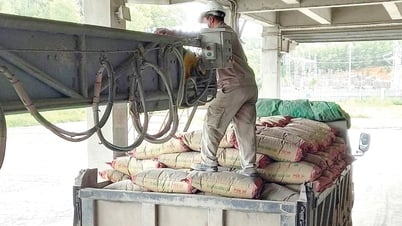






















Comment (0)